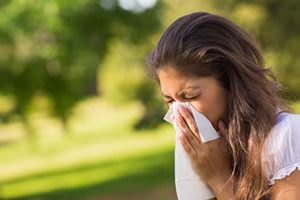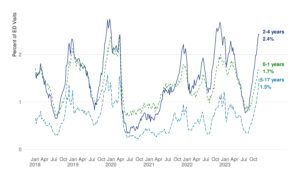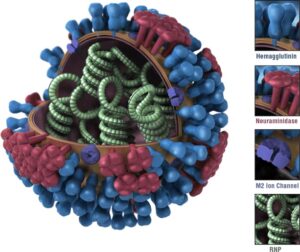JAN 18, 2017
When you’re sick or injured, it helps to understand the different levels of care and when they’re needed. For example, there are urgent situations that aren’t emergencies, such as a minor sprain or a sinus infection. Then there are situations where you should go straight to an emergency room as soon as possible. Knowing the difference not only saves money, but also helps you get the right care when you need it.
Here’s a breakdown on the levels of care, including some helpful examples. Bookmark or print this page as a reference to use the next time you need care.
Routine care
This type of care can include preventive services and appointments for nonurgent symptoms. Examples include
- Physical exams
- Allergy diagnosis and treatment
- Pediatric checkups
- Immunizations
Urgent care
A care need that isn’t an emergency but can’t wait for routine (nonurgent) visits. Examples include:
- Minor injuries and cuts
- Sore throats and earaches
- Frequent or severe coughs
- Frequent urination or burning sensation when urinating
Emergency care
A medical or psychiatric condition that requires immediate medical attention to prevent serious jeopardy to your health. Examples include:
- Chest pain or pressure
- Severe stomach pain that comes on suddenly
- Decrease in or loss of consciousness
- Severe shortness of breath
If you think you have a medical or psychiatric emergency, call 911 or go to the nearest Emergency Department.
To learn more, visit the Emergency care and urgent care page on kp.org.
*An emergency medical condition is a medical condition manifesting itself by acute symptoms of sufficient severity (including severe pain) such that a reasonable person would have believed that the absence of immediate medical attention would result in any of the following: (1) placing the person’s health (or, with respect to a pregnant woman, the health of the woman or her unborn child) in serious jeopardy; (2) serious impairment to bodily functions; or (3) serious dysfunction of any bodily organ or part. A mental health condition is an emergency medical condition when it meets the requirements of the paragraph above or, for members who are not enrolled in Kaiser Permanente Senior Advantage, when the condition manifests itself by acute symptoms of sufficient severity such that either of the following is true: The person is an immediate danger to himself or herself or to others, or the person is immediately unable to provide for or use food, shelter, or clothing due to the mental disorder.
TOPICSEMERGENCY CAREROUTINE CAREURGENT CARE
Original Article – https://thrive.kaiserpermanente.org/thrive-together/health-care-101/the-difference-between-urgent-and-emergency-care





